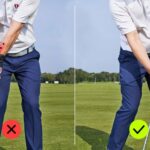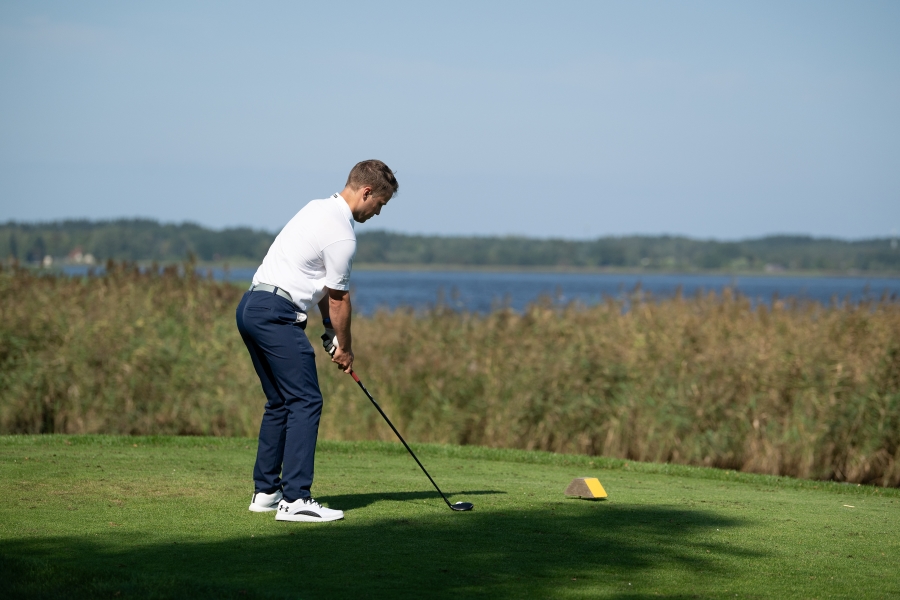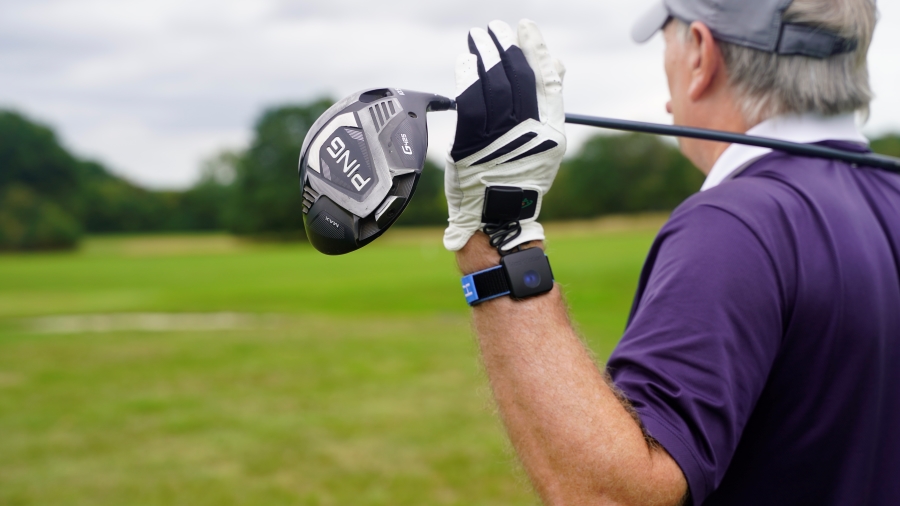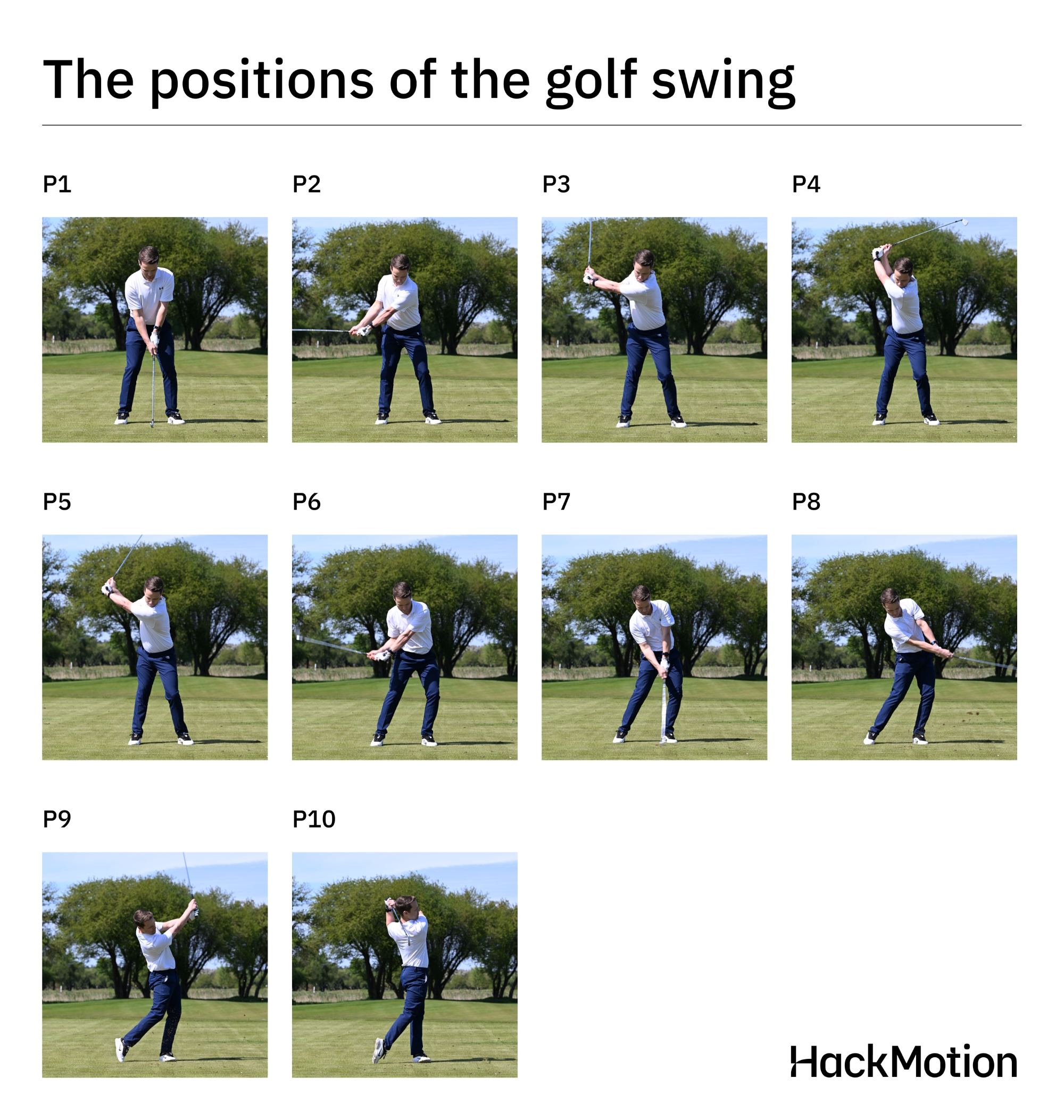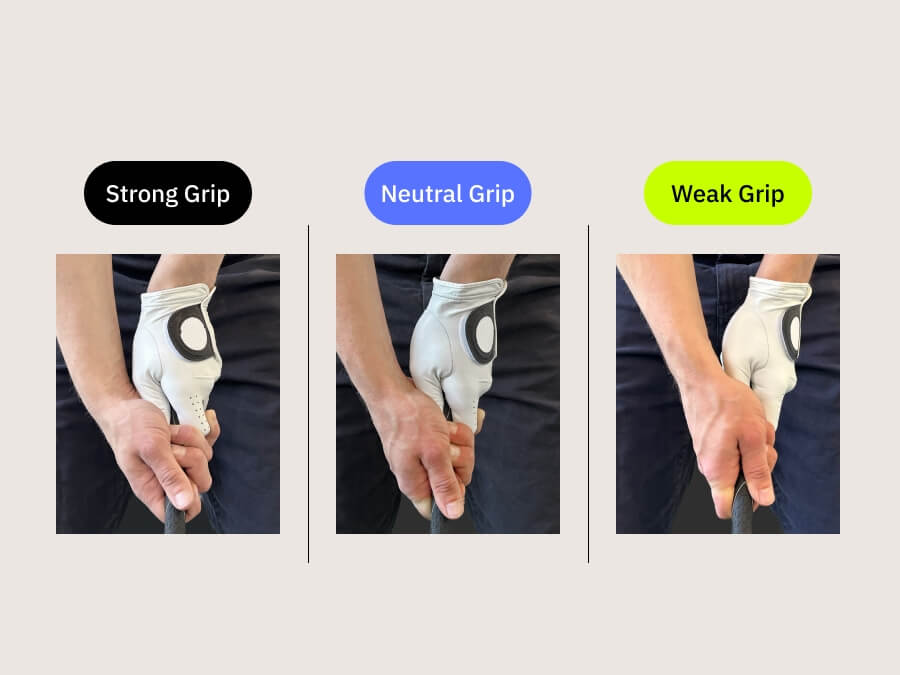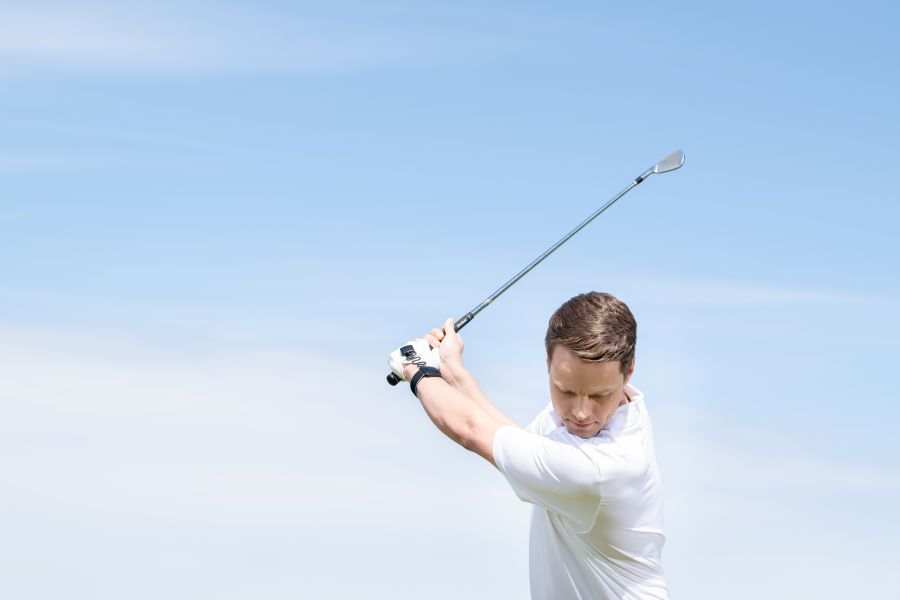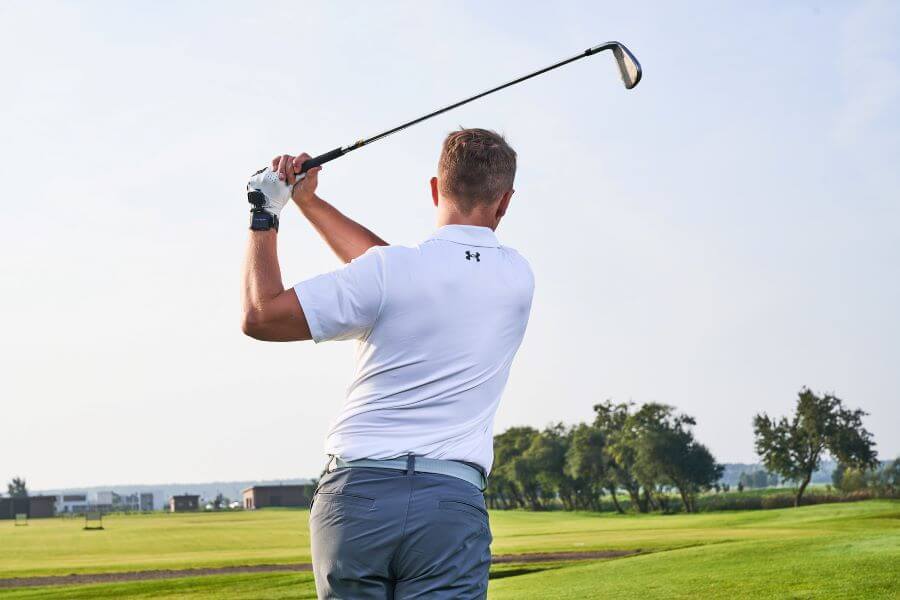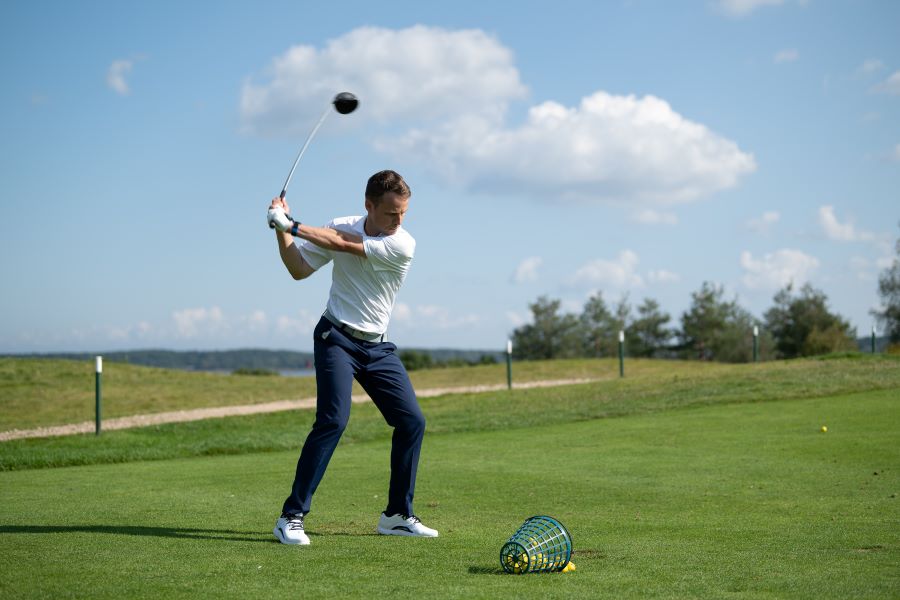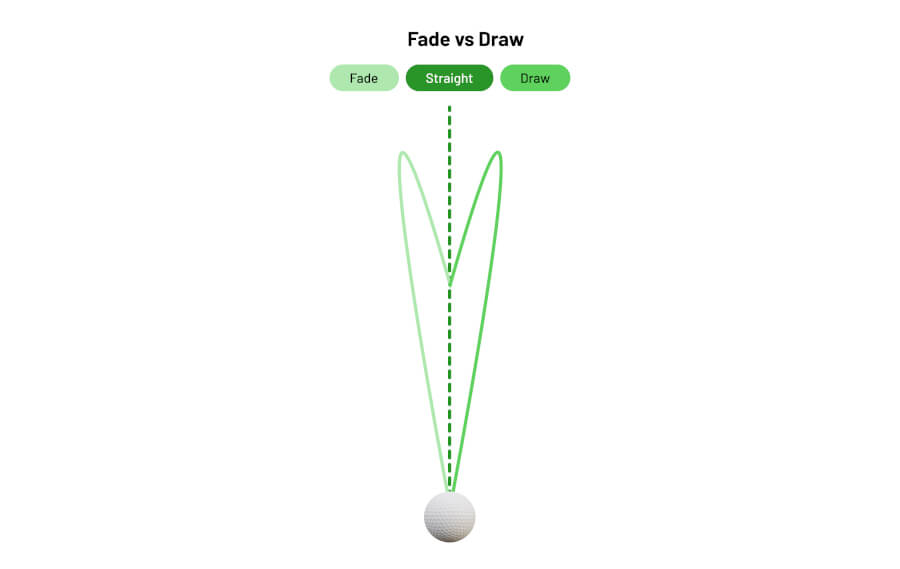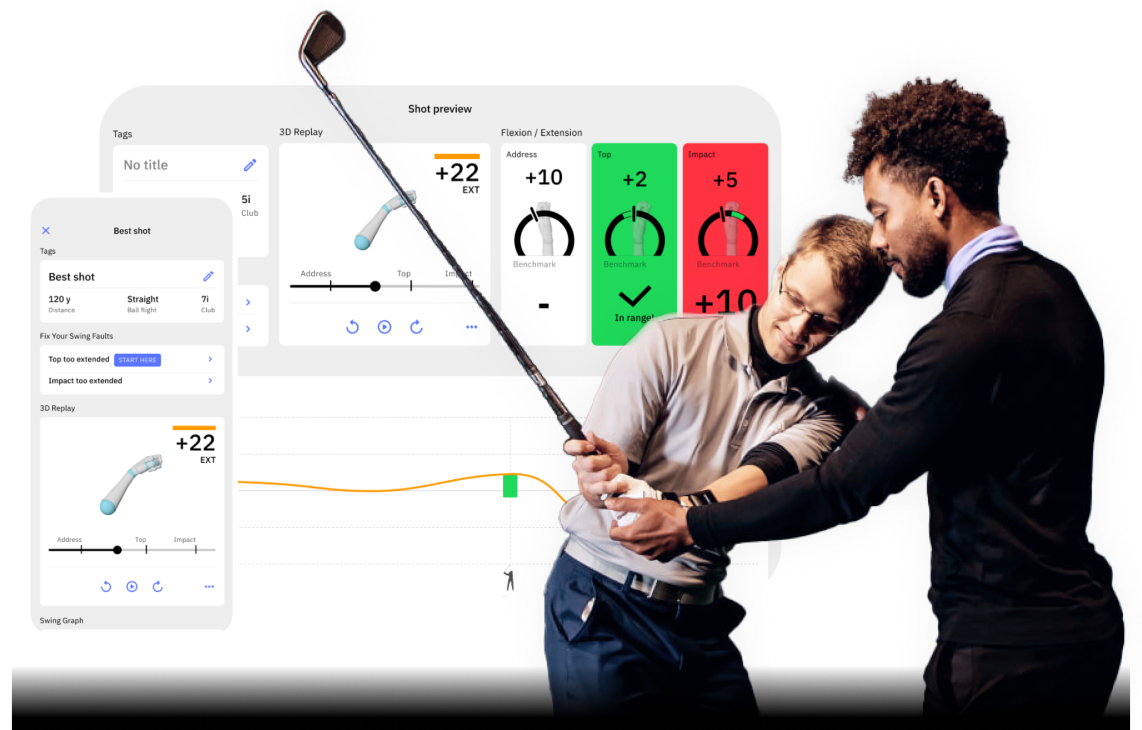Hit Fairway Woods Like a Pro: Proven Tips & Drills for Amazing Shots
Fairway woods are often seen as an alternative to the driver off the tee.
However, the fairway wood shouldn’t be just an alternative club. They offer great distance from the fairways and can be a smart club selection. Many golfers struggle to hit the fairway woods consistently.
The challenge usually comes down to the club’s length, lower loft, and how it’s being swung. With a few simple adjustments to setup, transition, and wrist mechanics, fairway woods can become a great club selection.
This guide shares key tips and drills to help golfers hit fairway woods with more confidence and consistency.
Hitting Fairway Woods (Key Takeaways)
If you don’t have time to read through all of our tips and drills for hitting fairway woods, here are the most important ones to remember.
- Play the ball one ball behind your lead shoulder for consistent turf interaction and solid contact.
- Focus on a slightly downward angle of attack by maintaining spine tilt and lead-side hip sway, don’t hang back or try to lift the ball.
- Keep your lead wrist flat and your trail wrist bent in the downswing to prevent casting and improve strike quality.
- Use the Casting Drill with HackMotion to fix early release and train proper sequencing.
- Brush the ground after the ball for cleaner contact, fairway woods should sweep, not dig.
- A wider stance and slower transition help create balance and rhythm with longer clubs.
Contents
- Tips and Techniques for Hitting Fairway Woods Like a Pro
- 1. Get Your Ball Position Right
- 2. Keep a Stable Base of Support
- 3. Give the Transition Time
- 4. Sweep vs. Dig
- 5. Delay the Wrist Hinge
- 6. Flat Wrist at Impact
- 7. Avoid the Casting Mistake with Fairway Woods
- 8. Use Hip Sway and Spine Tilt to Shallow the Strike
- 9. Tee It Up to Gain Confidence
- 10. Get to a Full and Complete Finish Position
- Drills to Help You Hit a Fairway Wood
- Final Thoughts
Tips and Techniques for Hitting Fairway Woods Like a Pro
1. Get Your Ball Position Right
Here’s a great way to think of fairway wood ball position: not quite a driver, not quite an iron.
You’ll have to put the ball somewhere between where you would put an iron and where you would put a driver in your stance. Finding this spot will help you get cleaner contact.
You may have to use a little trial and error here. Also, keep in mind that the lower lofted fairway woods (3 and 4 woods) will be played slightly further up than the higher lofted fairway woods.
Start with the ball just inside your lead heel with the 3 wood, slowly work the ball position back about a half inch at a time until you find the sweet spot.
It should take 3 or 4 swings, and you can do this with a little tee in the ground so you can just focus on ball position.
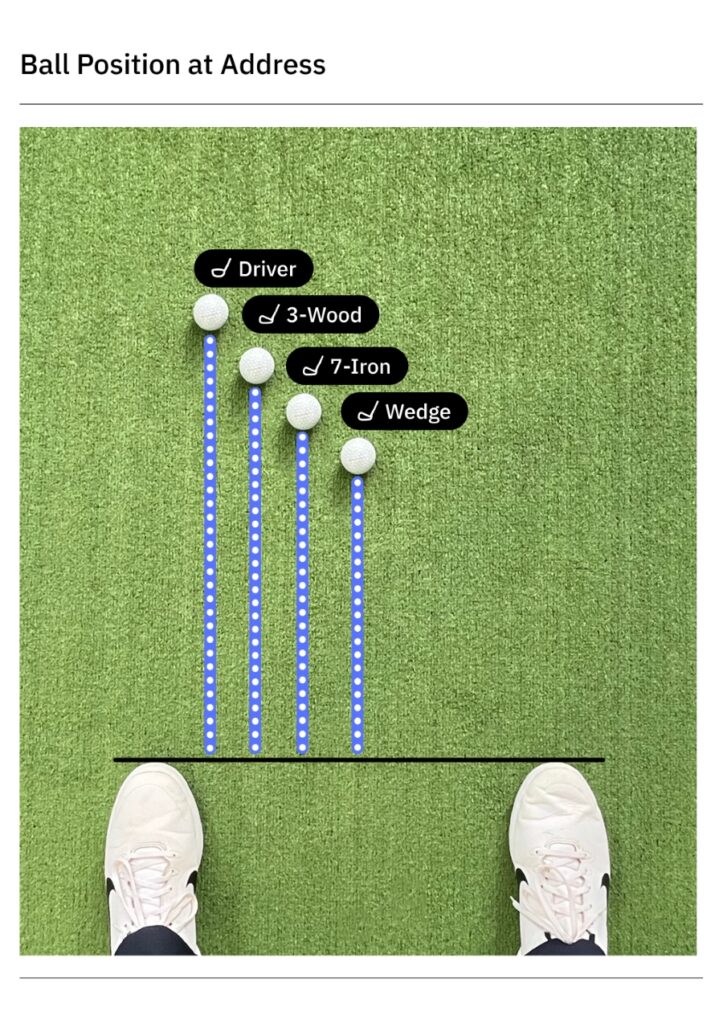
2. Keep a Stable Base of Support
A fairway wood is longer than standard, so try to take a slightly wider stance. The wider stance will give you a stable base of support and help you generate some speed.
Again, not quite as wide as the driver but wider than the iron.
3. Give the Transition Time
Again, the fairway wood is longer than a traditional golf iron, so you must give yourself some time to accommodate this.
If your transition from backswing to downswing is too quick, the club will get thrown off the path.
The best way to think of this is to feel the backswing being more extended and even slower than usual. It won’t impact your ability to strike the ball with plenty of speed. Most great golfers have a 3:1 tempo.
It takes them three counts to swing back and one to swing through.
4. Sweep vs. Dig
You may take a slight divot with a fairway wood.
However, to maximize your distance and accuracy, the angle of attack for the fairway wood must be a little shallower.
You’ll want to think of this as more of a sweeping motion than a digging motion that you make with your golf irons.
As long as you transfer your weight through the golf ball, it will rise in the air without issues.
5. Delay the Wrist Hinge
To generate more power with the fairway wood you will need width in your golf swing.
If you are a player who tends to hinge the golf club right away, you may want to consider delaying that a bit.
The problem with an early hinge is that it can cause more extension in the lead wrist. This extension opens the clubface and leaves you looking for ways to square things up.
Instead, wait until the club gets closer to the top of your backswing and then feel that hinge.
From the top, you can now work on squaring things and rotating your body through the golf ball.
6. Flat Wrist at Impact
Cupping your wrist as you swing through the golf ball can cause problems with the fairway wood.
This is where golfers top the ball or hit it to the right. The goal is to have a flat or even slightly flexed wrist if you want to maximize power.
The best way to do this (we learned after analyzing 1,000,000 swings) is to feel the wrist being flat at the top and then use your body to accelerate forward from there.
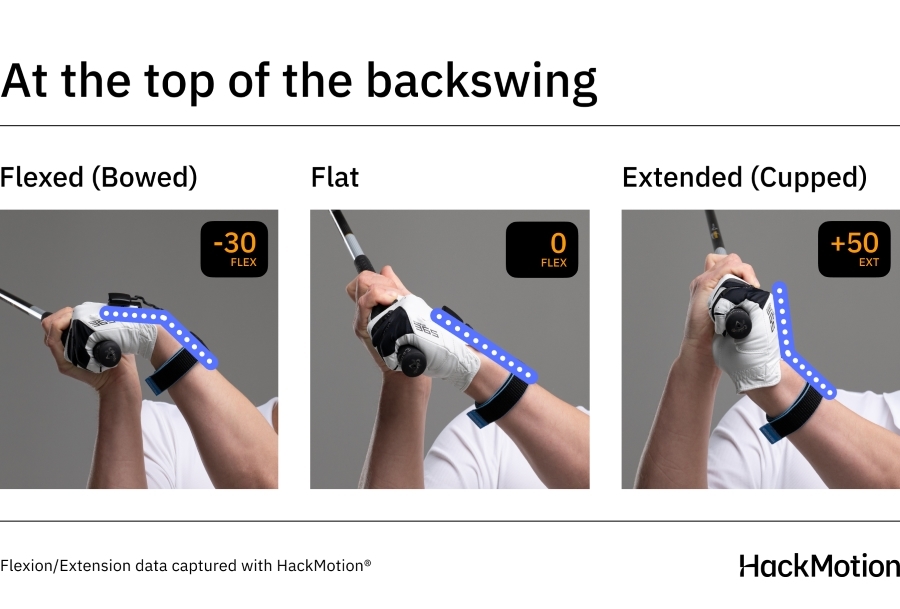
This video will help you learn how to set the wrists in the right place.
HackMotion can help alert you of any issues and make it easier to see why you struggle with your wrist position.
7. Avoid the Casting Mistake with Fairway Woods
One of the most common faults golfers make with fairway woods is casting the club too early in the downswing.
This often happens when players try to lift the ball off the ground instead of trusting the loft and letting their body lead the motion.
When you cast, you release the angle between your arms and the club too soon, often to help the ball in the air. Unfortunately, this leads to topped shots, weak contact, and a loss of power.
The key is to retain your wrist angles in transition, allowing the lower body to lead and the club to lag naturally behind. That’s where HackMotion’s Casting Drill comes in, seen below.
8. Use Hip Sway and Spine Tilt to Shallow the Strike
Fairway woods are less lofted and longer than irons, but that doesn’t mean you need to hang back and try to lift the ball in the air. In fact, that’s what causes most players to top the ball.
Instead of trying to help the ball up, you need to create the right tilt and angle of attack, and that comes from proper body motion.
A small amount of lead-side hip sway and spine tilt at impact.
- As you shift forward in the downswing, your hips move slightly toward the target.
- This creates a slight spine tilt away from the target, allowing you to shallow the club.
- It also helps deliver a shallow but downward angle of attack, perfect for clean contact with a fairway wood.
Don’t stay back on your trail foot, cast the club, and flip at the ball. Let your lower body lead, maintain your wrist angles, and trust the loft of the club to get the ball in the air.
9. Tee It Up to Gain Confidence
One of the most common issues amateur golfers have with their fairway woods is a lack of confidence.
Tee the ball up a little to gain confidence.
You can put the ball on a short tee while at the practice range and work on some of the abovementioned fundamentals. When you feel like you have it down, lower the tee and hit from the ground.
10. Get to a Full and Complete Finish Position
Longer clubs with lower lofts, like the fairway wood, require more speed to hit the ball well and get it up off the ground.
If you are slowing down as you approach the ball, this won’t happen. Instead, take a full swing, transfer your weight, and finish with your body facing the target.
Take practice swings like this and then continue to work on your regular shots until you can get to this position.
Drills to Help You Hit a Fairway Wood
If you still struggle with how to hit fairway woods, here are two more drills to try.
Even great ball strikers will work on drills like this from time to time to ensure their game is headed in the right direction.
Drop and Lift Drill
If you are having a hard time getting that feeling down of what it takes to transfer from backswing to downswing, then the drop and lift drill is a great option to try.
Some golfers feel like this one is kind of a stretch movement in addition to being a drill.
Drop and Lift Drill – Step by Step:
- Stand tall and take your normal setup posture without a ball. Hold your fairway wood across your shoulders or behind your back.
- Rotate into a backswing position and lift your lead heel slightly.
- Initiate your downswing by planting the lead heel. As your foot plants, allow your hips to begin rotating, not your arms.
- Feel the “drop and go” motion: Let the lower body lead the move while the upper body stays passive.
- Repeat this move 5–10 times: Then switch back to your regular swing, carrying over the same transition feeling.
Brush the Ground Drill
Just as in chipping, one of the more important concepts for golfers working on hitting their fairway woods is to brush the ground.
This drill helps train the shallow, sweeping motion needed to hit fairway woods cleanly off the turf. It encourages good low point control and prevents fat or thin shots.
Brush the Ground Drill – Step by Step:
- Set up with your fairway wood on a low tee or directly on the grass. Use a clean lie and focus on solid posture and alignment.
- Make half swings with a focus on brushing the turf after the ball. Keep your tempo smooth and your weight slightly forward.
- Watch the low point of your swing. Your clubhead should strike the ground just after the ball—not before or too far after.
- Feel the sweep: You’re not taking a big divot, you’re brushing the grass.
- Repeat until you consistently brush the ground in the same place. You can place a small towel or alignment stick 2–3 inches behind the ball to help avoid hitting behind it.
HackMotion Casting Drill
The HackMotion Casting Drill can help improve your sequence in the downswing and ensure you deliver the fairway wood to the ball with a square clubface.
Eliminating casting will also increase your accuracy.
Fix Your Casting with HackMotion
Train to fix casting by generating power with your core and lower body.
HackMotion Casting Drill – Step by Step:
- Set Up with your HackMotion device and take your stance with a fairway wood or hybrid.
- Take a slow backswing, stopping at the top of your swing.
- Start your downswing slowly, focusing on keeping the angle between the lead arm and shaft intact.
- Avoid early wrist release—try to “retain” the angle in the wrist until just before impact.
- Use the HackMotion app’s vibration feedback to identify if you’re casting.
- Repeat until you can reduce wrist extension and deliver the club with a neutral to slightly flexed lead wrist.
Final Thoughts
The long game between the hybrid and the driver is often a weak spot for amateur golfers. Hitting fairway woods off the deck can take a bit of work.
If you get your wrist angle correct, sweep the grass, and transition your weight through the ball, your chance of a great shot is much higher.




